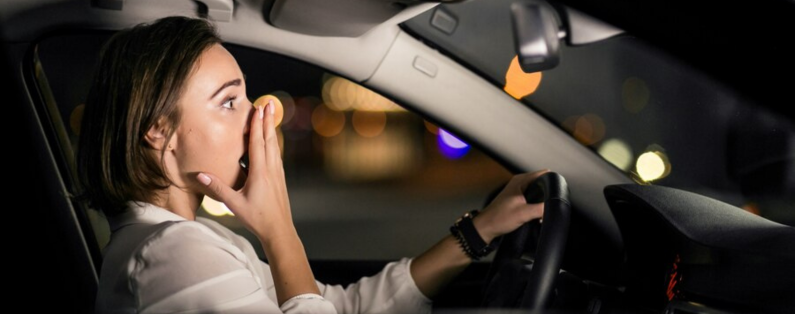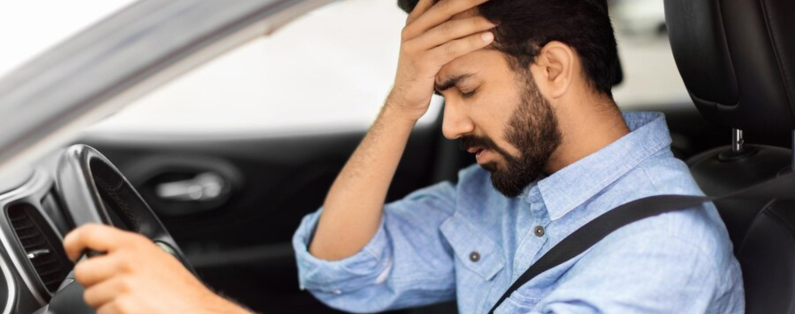Navigating Hit and Run OCD: A Distinctive Form of Obsessive-Compulsive Disorder
Hit and Run OCD, a specific subtype of Obsessive-Compulsive Disorder (OCD), presents unique challenges for those who experience it. While OCD encompasses a wide spectrum of obsessions and compulsions, Hit and Run OCD is characterized by intrusive fears and obsessions related to causing harm or being responsible for accidents, especially when driving. In this article, we will explore what Hit and Run OCD entails, how it differentiates itself from other OCD subtypes, what individuals with this condition typically experience, and provide real-life examples of patients who have struggled with Hit and Run OCD.

What is Hit and Run OCD?
Hit and Run OCD, sometimes referred to as "Road Rage OCD," revolves around obsessions related to causing harm, accidents, or fatalities while driving. Individuals with this subtype experience distressing and intrusive thoughts and images of unintentionally harming others or being responsible for accidents, even when there is no evidence to support these fears. This leads to compulsive behaviors aimed at preventing these hypothetical accidents, such as checking or avoidance.
Differences from Other Types of OCD
While all forms of OCD share common features of obsessions and compulsions, Hit and Run OCD distinguishes itself through its thematic focus on accidents and harm. Unlike Contamination OCD, which centers on fears of germs and contamination, or Pure-O OCD, which predominantly involves mental compulsions, Hit and Run OCD fixates on fears related to driving and causing harm.
What a Patient with Hit and Run OCD Experiences
1. Intrusive Thoughts: Individuals with Hit and Run OCD experience frequent and distressing intrusive thoughts and mental images of causing accidents, injuring pedestrians, or being responsible for collisions while driving.
2. Intense Anxiety and Guilt: These obsessions trigger intense anxiety, guilt, and distress, even though there is often no evidence to suggest that the feared events have occurred or will occur.
3. Compulsive Behaviors: To alleviate their distress and prevent accidents, individuals may engage in compulsive behaviors, such as:
- Excessive checking of mirrors, traffic conditions, and the vehicle's condition before and during driving.
- Avoidance of certain driving situations or locations where they fear accidents may happen.
- Seeking reassurance from others or professionals to confirm their driving safety.
4. Impaired Daily Functioning: Hit and Run OCD can significantly disrupt daily life, leading to excessive preoccupation with drivingrelated fears, avoidance behaviors, and interference with work, relationships, and social activities.

Examples of Patients with Hit and Run OCD
1. Emily's Fear of Harming Pedestrians: Emily experiences vivid and distressing thoughts of accidentally hitting pedestrians while driving. She engages in compulsive checking behaviors, often stopping her car multiple times during short trips to ensure no accidents have occurred.
2. John's Guilt Over Imaginary Accidents: John frequently imagines that he has caused accidents on the road, even though there is no evidence to support these fears. He spends hours reviewing dashcam footage and seeking reassurance from fellow drivers, causing significant disruptions in his daily routine.
3. Sarah's Avoidance of Driving: Sarah fears driving altogether, believing that she is destined to cause accidents. She restricts her outings and relies on others for transportation to avoid the distressing thoughts associated with driving.
Conclusion
Hit and Run OCD is a distinctive subtype of ObsessiveCompulsive Disorder characterized by obsessive fears and intrusive thoughts related to causing harm or accidents while driving. Those affected by this subtype endure intense anxiety, guilt, and engage in compulsive behaviors to alleviate their distress and prevent hypothetical accidents. Understanding the unique challenges faced by individuals with Hit and Run OCD is essential for providing them with the appropriate support and treatment needed to manage their condition and regain control over their driving-related fears.